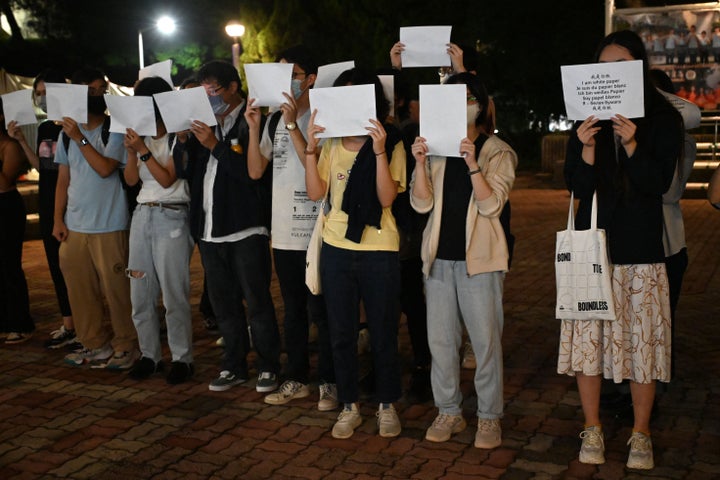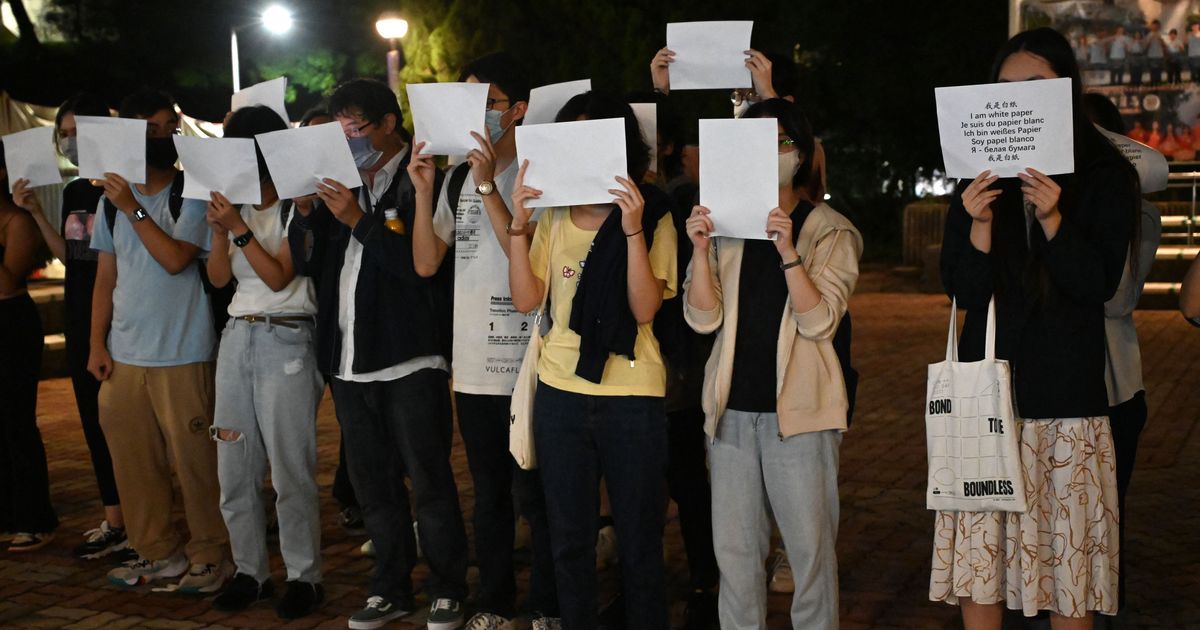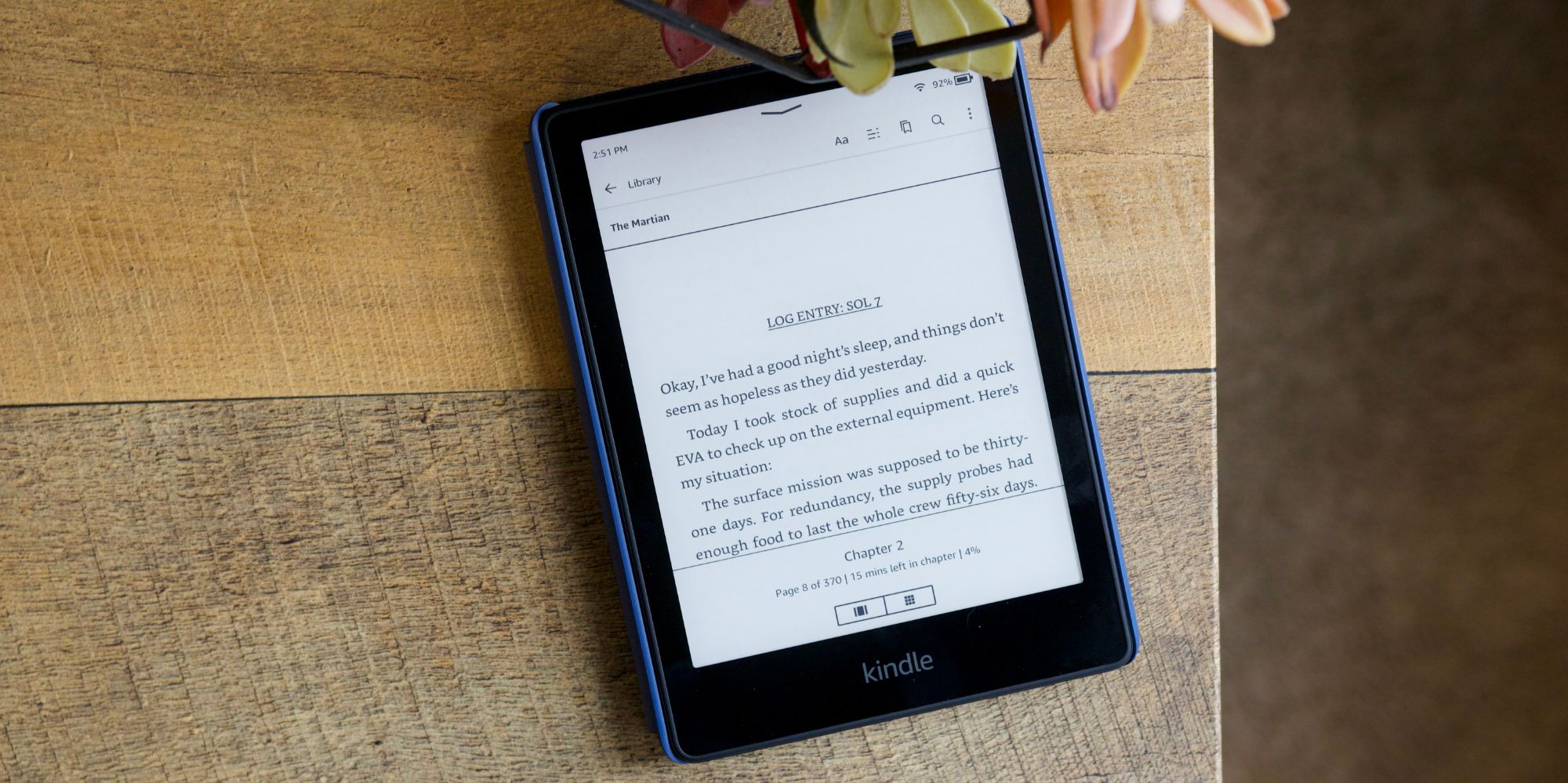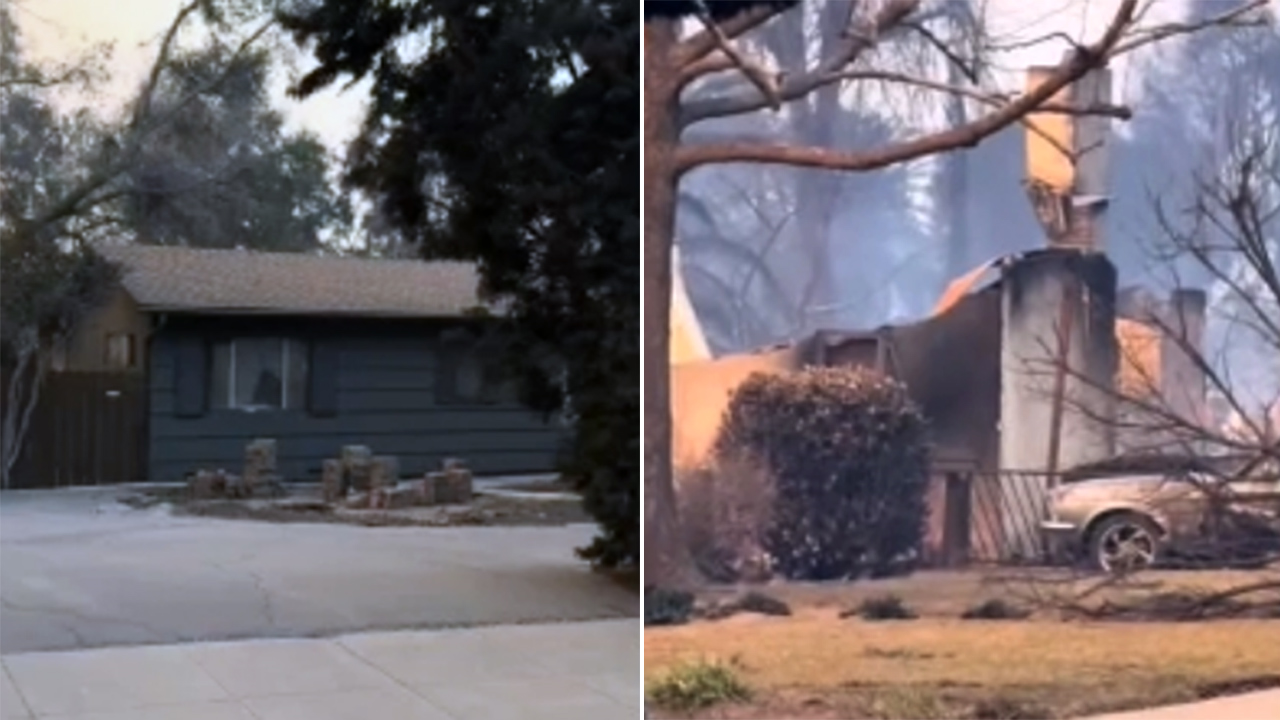BEIJING (AP) — Chinese universities are sending students home as the ruling Communist Party tightens anti-virus controls and tries to prevent more protests after crowds angered by its severe “zero COVID” restrictions called for President Xi Jinping to resign in the biggest show of public dissent in decades.
With police out in force, there was no word of protests Tuesday in Beijing, Shanghai or other major cities.
Some anti-virus restrictions were eased Monday in a possible effort to defuse public anger following the weekend protests in at least eight cities. But the ruling party affirmed its “zero COVID” strategy, which has confined millions of people to their homes in an attempt to isolate every infection.
Tsinghua University, Xi’s alma mater, where students protested Sunday, and other schools in Beijing and the southern province of Guangdong said they were protecting students from COVID-19. But dispersing them to far-flung hometowns also reduces the likelihood of more activism following protests at campuses last weekend.
Some universities arranged buses to take students to train stations. They said classes and final exams would be conducted online.

PETER PARKS via Getty Images
“We will arrange for willing students to return to their hometowns,” Beijing Forestry University said on its website. It said its faculty and students all tested negative for the virus.
Campuses were hotbeds of activism during the last push for democratic reforms in the 1980s, culminating in the 1989 student-led movement centered on Beijing’s Tiananmen Square that was crushed by the army.
By sending students home, authorities hope to “defuse the situation,” said Dali Yang, an expert on Chinese politics at the University of Chicago.
“For students, it has been lockdown on campuses for months on end. For others, of course, job prospects have been destroyed, business and all that adding to the frustrations. There has been quite a bit of anxiety,” Yang said.
Authorities have ordered mass testing and imposed other controls in areas across China following a spike in infections. But the move to disperse students was unusual at a time when many cities are telling the public to avoid travel and imposing controls on movement.
In Hong Kong, about 50 students from mainland China protested Monday at the Chinese University of Hong Kong in a show of support for people on the mainland. They lit candles and chanted, “No PCR tests but freedom!” and “Oppose dictatorship, don’t be slaves!”
The gathering and a similar one in Hong Kong’s business district were the biggest protests in the Chinese territory in more than a year under rules imposed to crush a pro-democracy movement.
“Zero COVID” has helped keep China’s case numbers lower than those of the United States and other major countries. But public acceptance has eroded as people in some areas have been confined at home for up to four months and say they lack reliable access to food and medicine.
The Chinese Communist Party promised last month to reduce disruption by changing quarantine and other rules. But a spike in infections has prompted cities to tighten controls, fueling public frustration.

On Tuesday, the number of new coronavirus cases dipped slightly to 38,421 after setting new records over recent days. Of those, 34,860 showed no symptoms.
While China’s numbers remain low in comparison to the U.S. and other countries, few Chinese have been exposed to the virus and China’s domestically developed vaccines are considered far less effective than those used abroad. Authorities are believed to fear a wave of infections and deaths that could overwhelm the health care system should they lift “zero COVID” measures.
Most protesters complain about excessive restrictions, but some turned their anger at Xi, China’s most powerful leader since at least the 1980s. In a video that was verified by The Associated Press, a crowd in Shanghai on Saturday chanted, “Xi Jinping! Step down! CCP! Step down!”
On Monday, the city government of Beijing announced it would no longer set up gates to block access to apartment compounds where infections are found.
It made no mention of a fire last week in Urumqi that killed at least 10 people. That prompted angry questions online about whether firefighters or victims trying to escape were blocked by locked doors or other anti-virus controls.
Urumqi and another city in the Xinjiang region in the northwest announced markets and other businesses in areas deemed at low risk of infection would reopen this week and public bus service would resume.
The Urumqi fire provided the “trigger for people to go out to express themselves,” Yang said. Depending on how tough a position the government takes, protests could continue on a “rotational” basis, with new groups taking turns, he said.
Sympathy protests were held overseas, and foreign governments have called on Beijing for restraint.
Asked about the protests at a Monday briefing, White House National Security Council spokesperson John Kirby said that “obviously, there are people in China that have concerns about that,” referring to lockdowns.
“These protesters are speaking for themselves,” Kirby said. “What we are doing is making it clear that we support the right of peaceful protest.”
The government of the self-governing island republic of Taiwan, which China claims as its own territory, also commented on the protests.
“We call on the Chinese authorities to … actively respond to people’s reasonable demands and let the society in mainland China return to normal as soon as possible,” Foreign Ministry spokesperson Joanne Ou said at a weekly news conference.
Wang Dan, a former student leader of the 1989 demonstrations who now lives in exile, called the protests “an important harbinger for Xi Jinping’s third term in power. It means that he will encounter many challenges in the next five years.”
The Chinese president recently began a third, norm-breaking five-year term as Communist Party leader.
“This protest symbolizes the beginning of a new era in China … in which Chinese civil society has decided not to be silent and to confront tyranny,” Wang said at a Taipei news conference, warning that the authorities were likely to respond with “stronger force to violently suppress protesters.”


























































